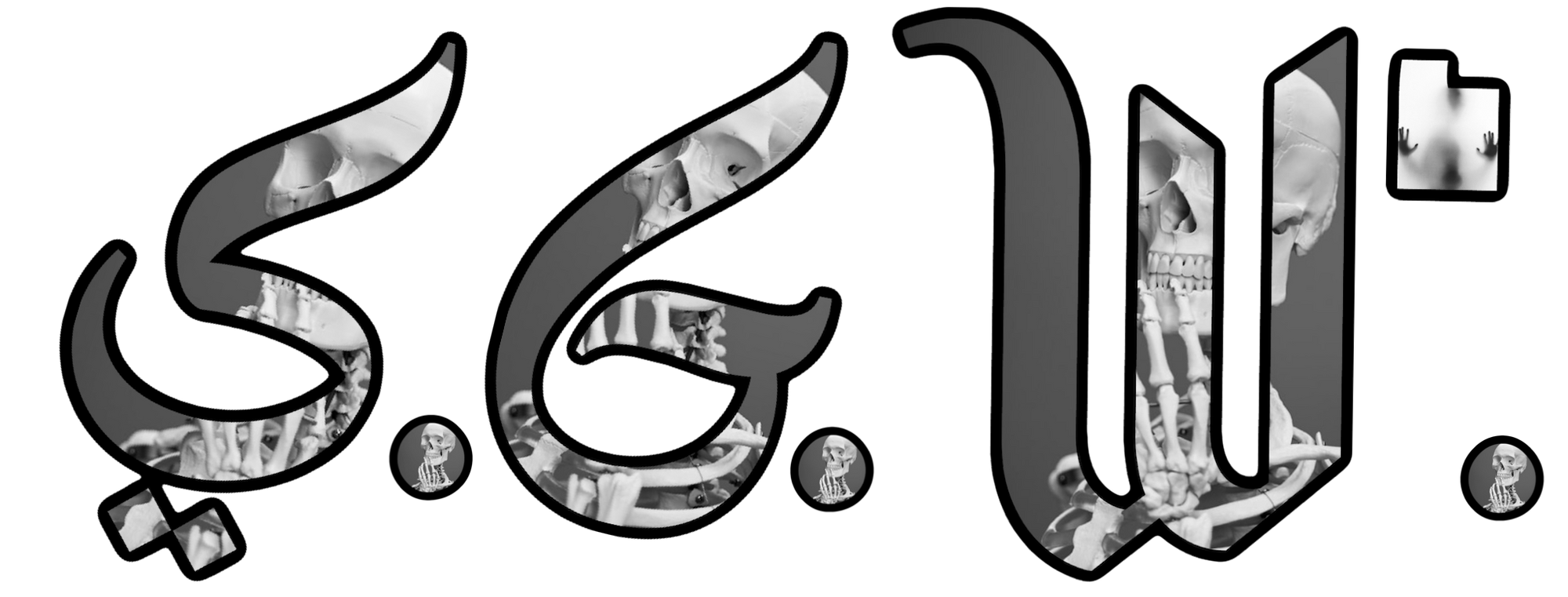Quote № 01:
“It is impossible to escape the impression that people commonly use false standards of measurement — that they seek power, success and wealth for themselves and admire them in others, and that they underestimate what is of true value in life.”
— Sigmund Freud, “Civilization and Its Discontents”
Quote № 02:
“Being entirely honest with oneself is a good exercise.”
— Sigmund Freud, “Letter to Wilhelm Fliess (15 October 1897)”
Quote № 03:
“Our knowledge of the historical worth of certain religious doctrines increases our respect for them, but does not invalidate our proposal that they should cease to be put forward as the reasons for the precepts of civilization. On the contrary! Those historical residues have helped us to view religious teachings, as it were, as neurotic relics, and we may now argue that the time has probably come, as it does in an analytic treatment, for replacing the effects of repression by the results of the rational operation of the intellect.”
— Sigmund Freud, “The Future of an Illusion”
Quote № 04:
“What progress we are making. In the Middle Ages they would have burned me. Now they are content with burning my books.”
— Sigmund Freud, “Letter to Ernest Jones (1933)”
Quote № 05:
“Beauty has no obvious use; nor is there any clear cultural necessity for it. Yet civilization could not do without it.”
— Sigmund Freud, “Civilization and Its Discontents”
Thesis: The Interplay of Art, Society, and Psychology in the Contemporary Era
Introduction:
The early 21st century is marked by rapid technological advancements, cultural globalization, and complex social dynamics, profoundly influencing contemporary art and philosophical thought. This thesis explores the intersection of modern artistic movements, societal values, and psychological insights, drawing on the pioneering ideas of Sigmund Freud. By examining digital art, post-internet art, socially engaged art, and other contemporary trends through the lens of Freud’s critiques of civilization, we gain a deeper understanding of the cultural and intellectual currents shaping our time.
Chapter 1: Digital and Post-Internet Art – A New Realm of Expression
Freud’s assertion that people use false standards of measurement (Quote № 01) finds resonance in the digital and post-internet art movements. These forms of art challenge traditional notions of value and success, emphasizing the role of creativity and intellectual engagement over material wealth. Digital art, with its vast potential for innovation and expression, offers a platform for questioning societal norms and exploring new dimensions of human experience. Post-internet art, by reflecting on the pervasive influence of the internet, critiques the superficial standards of success propagated through social media and online platforms.
Chapter 2: Socially Engaged Art – Honesty and Activism
Freud’s belief in the importance of being entirely honest with oneself (Quote № 02) is mirrored in the rise of socially engaged art. This movement prioritizes authenticity and transparency, using art as a vehicle for social and political commentary. Artists engage with pressing issues such as climate change, inequality, and human rights, fostering a dialogue that encourages societal introspection and action. The honesty embedded in socially engaged art challenges viewers to confront uncomfortable truths and reconsider their role in the broader social fabric.
Chapter 3: The Rational Intellect and Cultural Hybridity
In “The Future of an Illusion,” Freud argues for the replacement of religious dogma with rational intellect (Quote № 03). This perspective is relevant to the contemporary trend of cultural hybridity, where artists blend diverse traditions and philosophies, transcending religious and cultural boundaries. This movement reflects a rational approach to understanding human experience, promoting a more inclusive and intellectually enriched global culture. By integrating multiple cultural perspectives, artists foster a deeper appreciation of our shared humanity, aligning with Freud’s vision of rational progress.
Chapter 4: Progress and Repression – From Book Burning to Cultural Acceptance
Freud’s reflection on societal progress and repression (Quote № 04) underscores the ongoing struggle between innovation and tradition. The contemporary art world, much like Freud’s own experience, faces resistance and censorship. However, the transition from book burning to cultural debates signifies a significant shift towards intellectual freedom and acceptance. This chapter explores how modern artists navigate this landscape, using their work to challenge repression and advocate for progressive values.
Chapter 5: The Necessity of Beauty in Civilization
Freud’s enigmatic statement on the necessity of beauty (Quote № 05) highlights its intrinsic value to civilization. Despite its apparent lack of practical utility, beauty remains a cornerstone of cultural and artistic endeavors. This chapter examines how contemporary artists, across various movements, strive to create beauty that resonates with the human spirit. From the geometric precision of digital art to the emotive power of socially engaged works, beauty serves as a vital force, enriching our collective experience and sustaining the cultural vitality Freud deemed essential.
Conclusion:
The exploration of contemporary artistic movements through Freud’s psychological and philosophical insights reveals a complex interplay between art, society, and intellect. As artists continue to challenge false standards, embrace honesty, and promote rationality, they contribute to a more enlightened and aesthetically enriched civilization. By understanding these dynamics, we can appreciate the profound impact of art in shaping the human experience and advancing societal progress.
Bibliography:
- Freud, Sigmund. “Civilization and Its Discontents.”
- Freud, Sigmund. “The Future of an Illusion.”
- Freud, Sigmund. “Letter to Wilhelm Fliess (15 October 1897).”
- Freud, Sigmund. “Letter to Ernest Jones (1933).”
- Scholarly articles and books on digital art, post-internet art, socially engaged art, cultural hybridity, and contemporary art movements.
This thesis aims to provide a comprehensive analysis of how contemporary art and Freudian philosophy converge, offering new insights into the cultural and intellectual landscape of our time.





